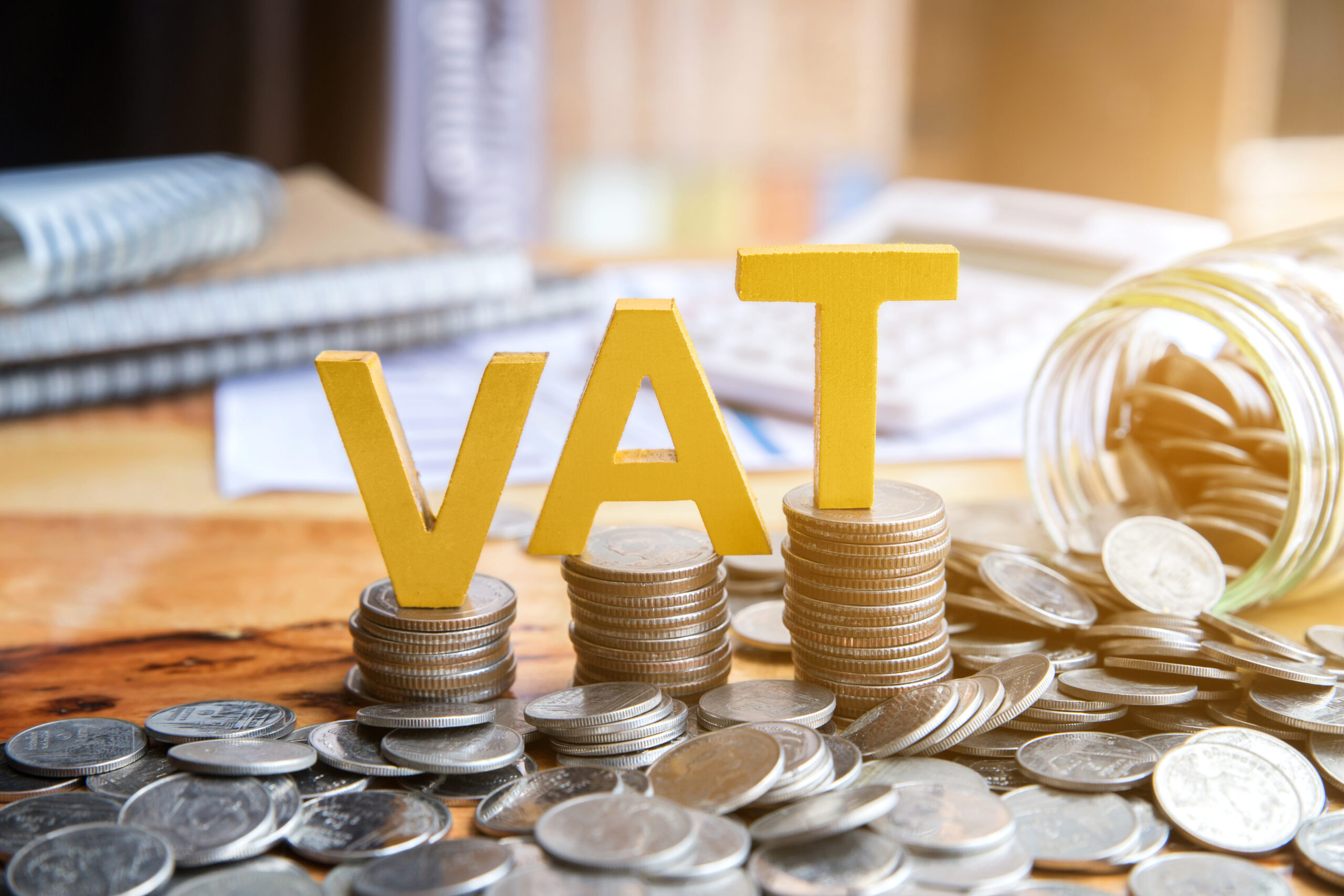VAT is a tax charged by VAT-Registered businesses on most goods and services in the UK, this post will look at when a business should be registered, as always we strongly recommend speaking with a professional accountant or business tax planner to discuss your unique business requirements.
What is the VAT Registration Threshold?
The VAT registration threshold is the point at which a business is required to be VAT registered, based on their businesses turnover exceeding a predetermined figure. This figure is reviewed every year by HMRC and normally goes up, however at the time of writing this it has not been increased since 2018.
The current compulsory turnover registration threshold is £85,000.00.
This means if your business makes taxable sales totaling more than £85,000.00 within the period of a tax year, you must register for VAT and charge VAT on your sales.
When should my business Register for VAT?
A business can voluntarily register for VAT at any time if the business meets the required criteria, there a few reasons a business would register for VAT before the business exceeds the compulsory registration threshold.
Turnover is expected to exceed the threshold relatively soon after starting, and dealing with VAT right from the start makes sense planning wise.
Customers of the business are also generally VAT registered and being VAT registered would not be a disadvantage because clients would claim the VAT back from HMRC. This means the business is probably better off registering for VAT because it can recover the VAT on its purchases.
The business is often in a refund position with HMRC, so the business is actually better off being VAT registered.
What are the different rates of VAT?
There are a few VAT rates, and as a business owner or manager you should be aware of the different rates and what they are used for.
20% Is the Standard Rate – This is the rate that’s charged on most goods and services in the UK.
5% Is the Reduced Rate – This rate is charged on things like energy and heating fuel, installation of energy-saving materials, sanitary hygiene products, and some other products.
0% Is just that, the Zero Rate – This is applied to cold food, books, children’s clothing and shoes, public transport etc.
Other categories are “Exempt” for things like providing credit, education fees, some types of postage, fundraising etc. Some other things can be considered “Outside the scope of VAT” or “Not Vatable” such as, rates, wages, things like MOT tests, land, etc.
For more detailed information on what VAT should be charged on and what is should not please check the .gov website here: https://www.gov.uk/guidance/rates-of-vat-on-different-goods-and-services
What is the VAT Registration Criteria?
You can find detailed information on the current VAT registration criteria on the .gov website using the following link.
